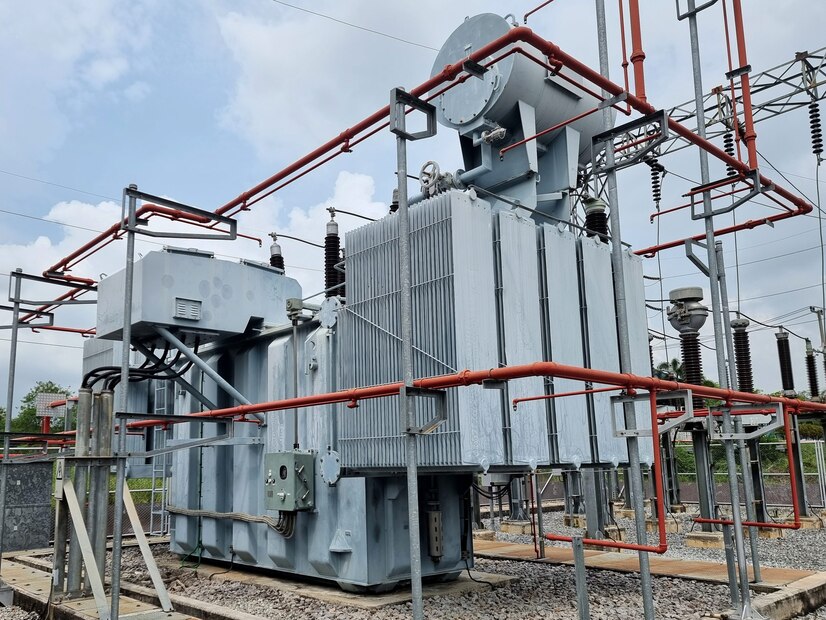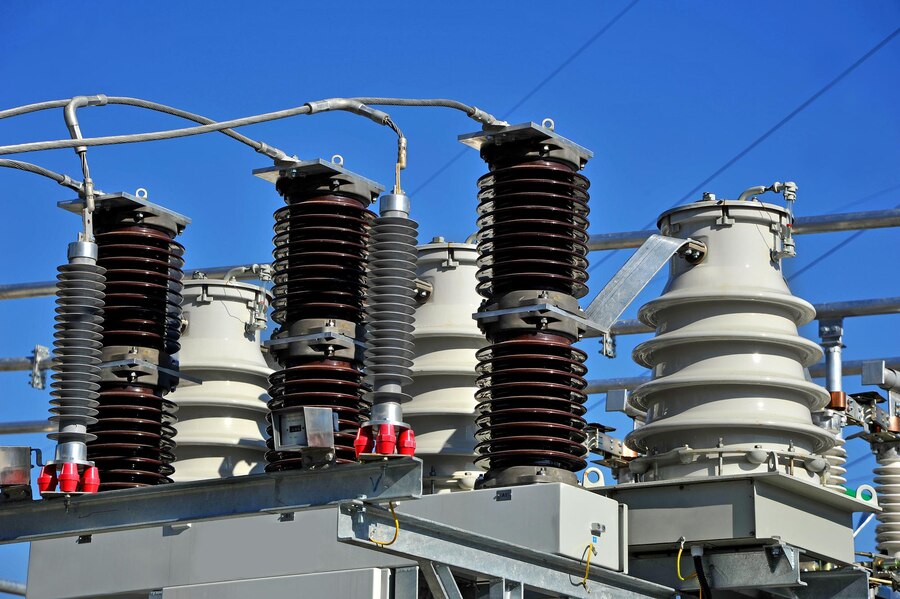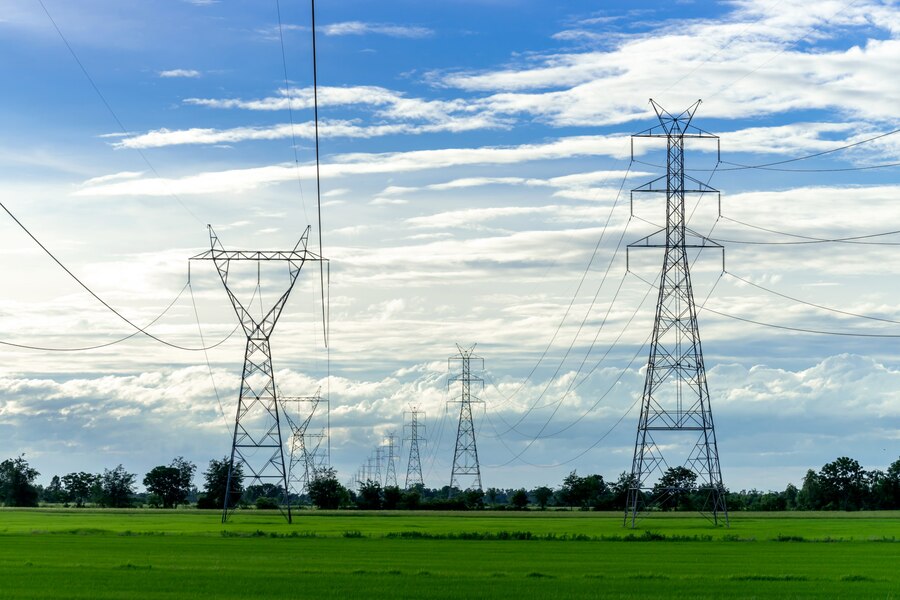Modern society depends on reliable and efficient power grids to meet escalating energy needs. However, maintaining stable grid operation is an increasingly complex challenge with aging infrastructure, renewable integration, and growing demands.
This is where innovative technologies like STATCOM can play a vital harmonizing role – like a symphony conductor optimizing the grid’s overall performance. This article explores how STATCOM (Static Synchronous Compensator) helps orchestrate power grids for enhanced stability, responsiveness, and reliability.
It analyzes STATCOM’s capabilities in voltage regulation, reactive power control, resilience, flexibility, and more. Real-world case studies demonstrate the benefits while highlighting future trends and innovations that promise a more transformative impact on grid operation. As a conductor harmonizes an orchestra, STATCOM brings grids into symphonic synchronization for superior performance.
Demystifying STATCOM

To understand STATCOM’s harmonizing capabilities, let’s first look at what STATCOM is and how it works.
STATCOM Basics
STATCOM (Static Synchronous Compensator) is a power converter that provides rapid reactive power compensation and voltage control. It utilizes solid-state electronics without rotating parts.
Inner Workings
At its core, STATCOM converts DC voltage into 3-phase AC to sustain grid voltage dynamically during fluctuations. It also smooths reactive power flow, improving stability.
Component Overview
Key elements include a voltage-sourced converter (VSC), DC energy storage, coupling transformer, and control system. Advanced semiconductors allow rapid reactive power response.
STATCOM’s unique design offers precise grid synchronization and robust voltage regulation – ideal for harmonizing grid performance.
Maestro Of Voltage Control

One crucial way STATCOM helps harmonize grid operation is through attaining superior voltage regulation and control.
Why Voltage Stability Matters
Steady voltage levels are vital for proper grid functioning and preventing blackouts. Voltage drops or spikes can damage equipment or disrupt consumers. Managing stability improves reliability and efficiency.
The STATCOM Advantage
STATCOM rapidly injects or absorbs reactive power to maintain steady voltage during instability or grid events. This fast dynamic response outperforms traditional methods.
Orchestra of Improvements
A 150 Mvar STATCOM in Canada dampened resonances at an open-pit mine, allowing full loads and avoiding shutdowns. Another in India enabled greater power transfer capacity on a 500 kV transmission line prone to voltage drops.
Conducting Reactive Power
By expertly controlling reactive power flow, STATCOM also helps bring grid stability into harmonious balance.
The Reactive Power Challenge
Reactive power helps regulate voltage, but excessive lagging or leading power strains grid infrastructure. Keeping its ebb and flow balanced is critical.
Maestro Of Reactive Flow
STATCOM supplies either lagging or leading reactive power with precision and responsiveness. This allows smooth compensation and minimizes fluctuations.
Tuning Grid Efficiency
A STATCOM linked to a wind farm in China stabilized output variability, reducing reactive power demand on the grid and improving transmission efficiency.
Bolstering Grid Resilience

As an orchestra depends on each instrumentalist, power grids rely on robust components for resilient transmission and distribution. STATCOM strengthens grid resilience and reliability.
The Resilience Imperative
Building grid resilience via redundancy and rapid response capabilities is crucial with increasing extreme weather and cybersecurity threats. STATCOM improves grid adaptability, survivability, and recovery.
Harmonizing Reliability
By expertly managing voltage and reactive power, STATCOM makes grid operation more reliable and consistent during normal and abnormal conditions. It helps avert outages and ensures steady performance like a conductor guiding musicians.
Fortifying Weak Links
A STATCOM deployed on a dated transmission line in Arizona bolstered stability and reduced outages on a rapidly growing but overloaded grid segment, improving local reliability.
Swift And Smooth Dynamics
Responsiveness and smooth control are also vital for grid harmony. STATCOM demonstrates uniquely agile and controlled dynamics.
The Need For Speed
Modern grids experience dynamic changes in loads, generation, and faults. Fast precision response to these dynamics enhances stability and avoids disruptions.
Lightning Reflexes
With reaction times below 50 milliseconds, STATCOM rapidly stabilizes voltage fluctuations before they propagate and cause cascading issues. This outperforms legacy compensation methods.
Steady Control
Beyond speed, STATCOM also supplies smoothly variable reactive power, avoiding the discrete steps of other technologies. This enhances precise control and dynamic performance just as a conductor guides transitions.
Power Without Penalty
Along with its technical advantages, STATCOM also harmonizes grid operation with environmental and economic benefits.
Greening The Grid
STATCOM curbs losses associated with reactive power circulation, thus reducing energy waste and carbon emissions – aligning with sustainability goals.
Cost Conductor
Though upfront STATCOM costs are higher than some reactive power options, its superior controllability offsets long-term infrastructure investment needs for voltage control. This saves costs.
Competitive Edge
Studies show that compared to alternatives like capacitor banks, STATCOM offers better total cost of ownership given its performance gains in voltage regulation and loss reduction – a critical economic advantage.
New Frontiers In Harmonization
Ongoing STATCOM advances promise to optimize its grid stabilization capabilities further. New power electronics and control systems will reduce STATCOM reaction times while improving precision. This enhances dynamic grid stabilization by allowing even faster and more responsive voltage and reactive power control.
Additionally, integrating Internet of Things sensors and artificial intelligence will allow STATCOMs to better synchronize with real-time grid conditions and autonomously optimize voltage regulation.
This more innovative grid integration will help STATCOMs dynamically tune their performance. The future could see widespread STATCOM integration across transmission networks, creating a robust and self-healing grid that harmonizes stability and reliability.
This would fulfill the symphony conductor role across the entire grid orchestra. With continuing innovation, STATCOMs hold immense promise for further elevating power grid stability, synchronization, and harmony.
In Harmony With STATCOM
In summary, as a conductor harmonizes musicians, STATCOM coordinates power grids for a more robust performance symphony. Key highlights include precision voltage regulation and reactive power control that outperform conventional methods; faster response to grid dynamics that provides stability and avoids disruptions; enhanced resilience and reliability even during grid disturbances; environmental and economic gains from loss reduction and infrastructure optimization; and immense promise for further elevating grid stability, synchronization, and harmony through ongoing innovation. By orchestrating grids with its dynamic capabilities, STATCOM fills the crucial role of symphony conductor – harmonizing grid operation for more robust and melodic performance.
Read Also:




























